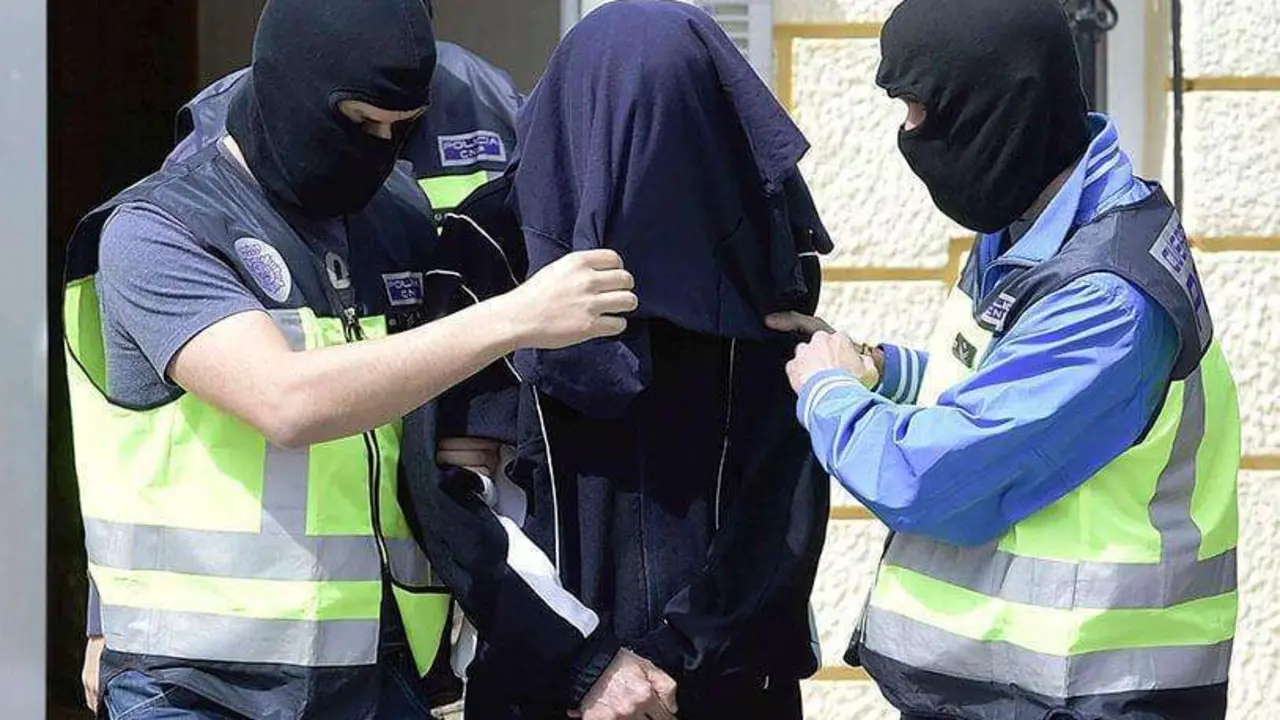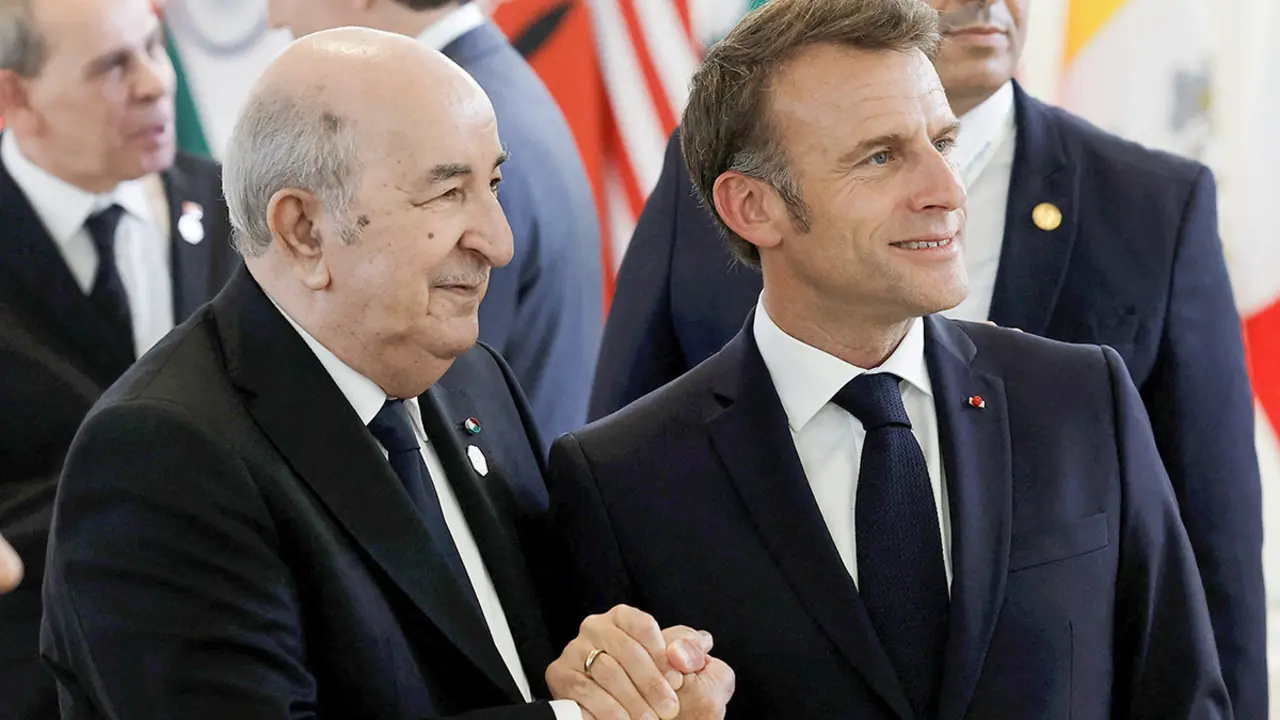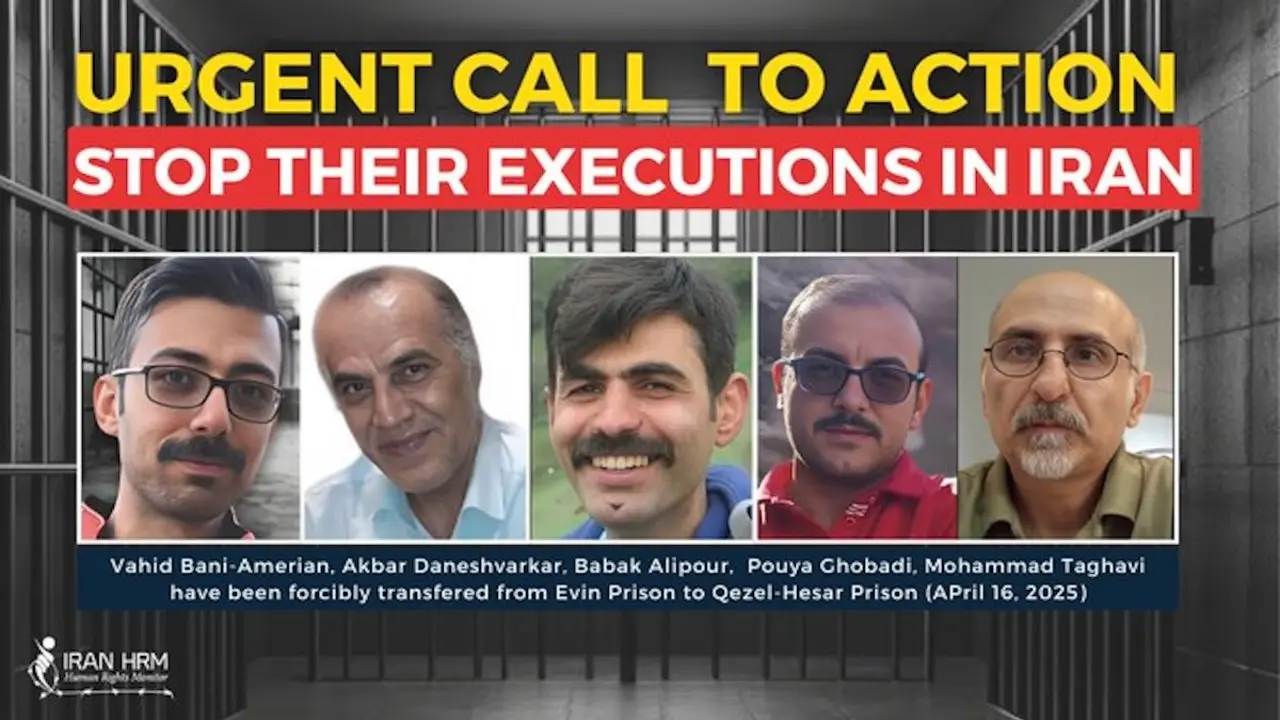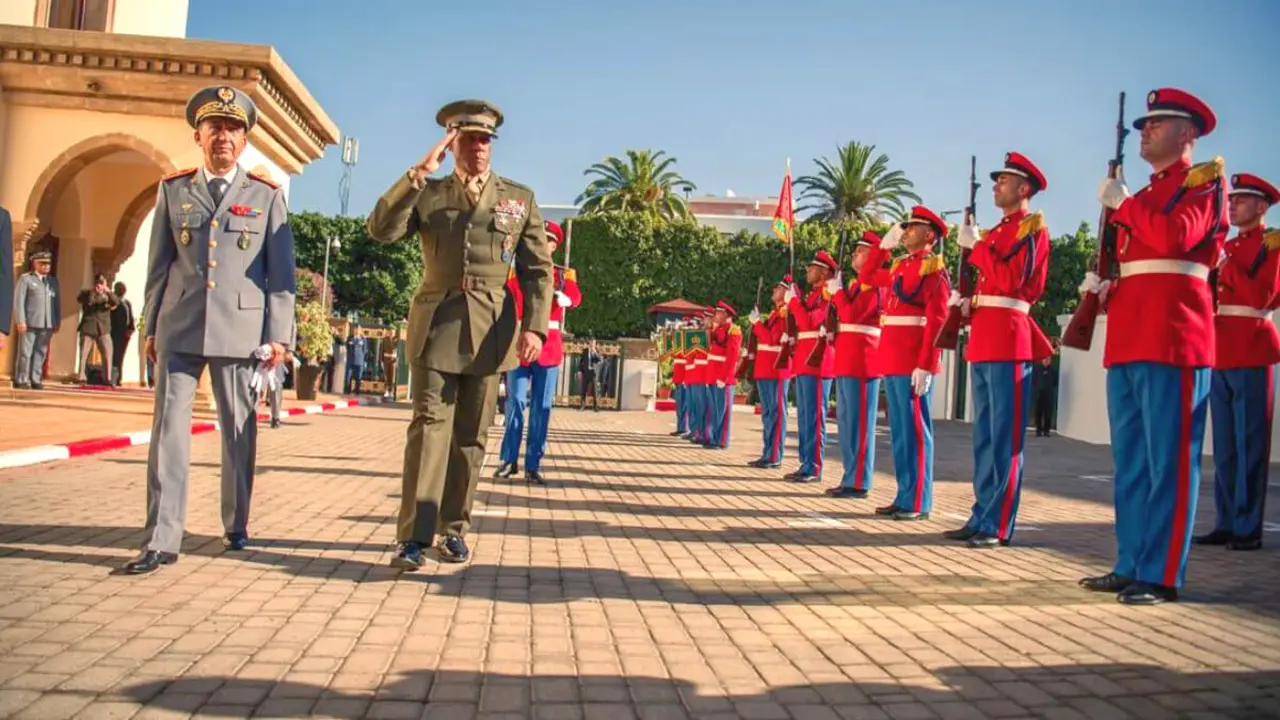'Steadfast Noon': NATO's nuclear deterrence exercises

Belgium, the United Kingdom and the North Sea will be the scene of 'Steadfast Noon', the nuclear deterrence exercises launched by NATO on Monday. The exercises, which run until 30 October, will involve 14 countries and up to 60 aircraft of various types, including fighter, surveillance and tanker aircraft. Despite the use of nuclear-capable fighters, no real bombs will be used in the training.
Nuclear exercise taking place over Belgium and the UK. Involves 60 aircraft including fighter jets and US B-52 bombers.
— Georg von Harrach (@georgvh) October 17, 2022
NATO emphasises this "is a routine, recurring training activity and it is not linked to any current world events." #steadfastnoon #Ukraine pic.twitter.com/YAxMtDpdKn
Also, as in the past, the exercise will involve US B-52 long-range bombers flying from Minot Air Force Base in North Dakota to northwest Europe.

"This exercise helps ensure that the Alliance's nuclear deterrent remains safe and effective," said NATO spokeswoman Oana Lungescu. The military organisation also pointed out that the exercise is not related to the current war in Ukraine or Russia's threats to use nuclear weapons. According to an official statement, 'Steadfast Noon' is "a routine and recurrent training activity and is not linked to any current world event". In the release, NATO also stresses that the exercises are organised by a different member country each year.

The communiqué refers to the new NATO Strategic Concept adopted by the allies at the Madrid summit last June. "The fundamental purpose of NATO's nuclear capability is to preserve peace, prevent coercion and deter aggression," it says. "As long as nuclear weapons exist, NATO will remain a nuclear alliance. NATO's goal is a safer world for all; we seek to create the security environment for a world without nuclear weapons," it adds.
According to unconfirmed reports, member countries such as Italy, Belgium, Turkey, the Netherlands and Germany harbour US nuclear weapons. In addition to the United States, the United Kingdom and France are the other two allies with nuclear arsenals.

NATO Secretary General Jens Stoltenberg has refused to cancel the exercises despite threats from the Kremlin and the escalating conflict in Ukraine. "It would send a very wrong signal if we suddenly cancelled a long-planned exercise because of the war in Ukraine," Stoltenberg said, adding that the best way to "avoid escalation" was to show "firm and predictable NATO behaviour". Similarly, regarding Russia's possible use of nuclear weapons, the Alliance has seen no change despite the tougher rhetoric. "But we remain vigilant," Stoltenberg stressed.
“NATO’s #nuclear deterrence has always been to preserve peace, prevent coercion and deter aggression. Next week @NATO will hold its long-planned deterrence exercise, Steadfast Noon. This is routine training…to keep our deterrent safe, secure and effective.”
— Dylan P. White (@dylanpwhite) October 11, 2022
—SG Jens Stoltenberg pic.twitter.com/U0X86TIVDR
'Steadfast Noon' is likely to coincide with similar nuclear manoeuvres by Russia. The exercises, dubbed 'Grom', normally take place in late October and involve nuclear-capable bombers, submarines and missiles.

Although the Russian manoeuvres are also routine, NATO and US officials - quoted by CNN - have said they expect to be able to accurately monitor any Russian nuclear activity during the exercise.

In parallel, and amid rising tensions between the West and Russia, the European Union has agreed to establish a Military Assistance Mission in support of Ukraine (EUMAM Ukraine). Through it, 15,000 Ukrainian soldiers will receive military training in several member states, reports Euronews.
"EUMAM is not just a training mission, it is clear proof that the EU will support Ukraine for as long as it is needed," said Josep Borrell, the EU's High Representative for Foreign Affairs and Security Policy.
Americas Coordinator: José Antonio Sierra.








